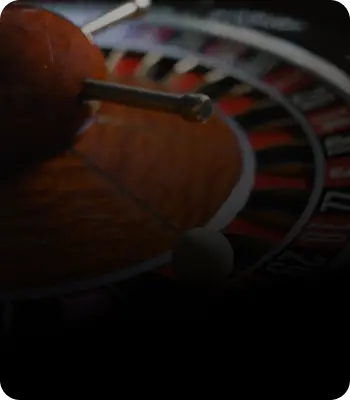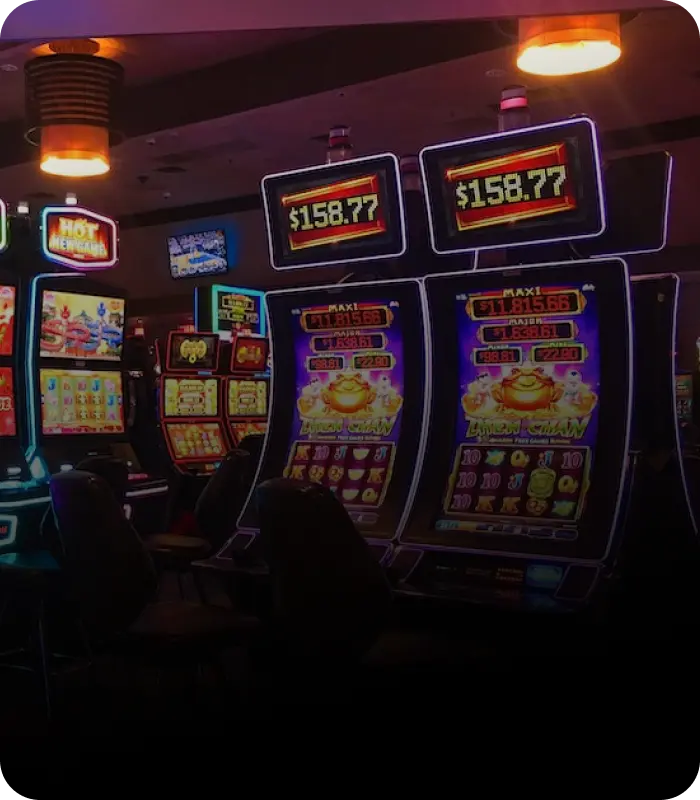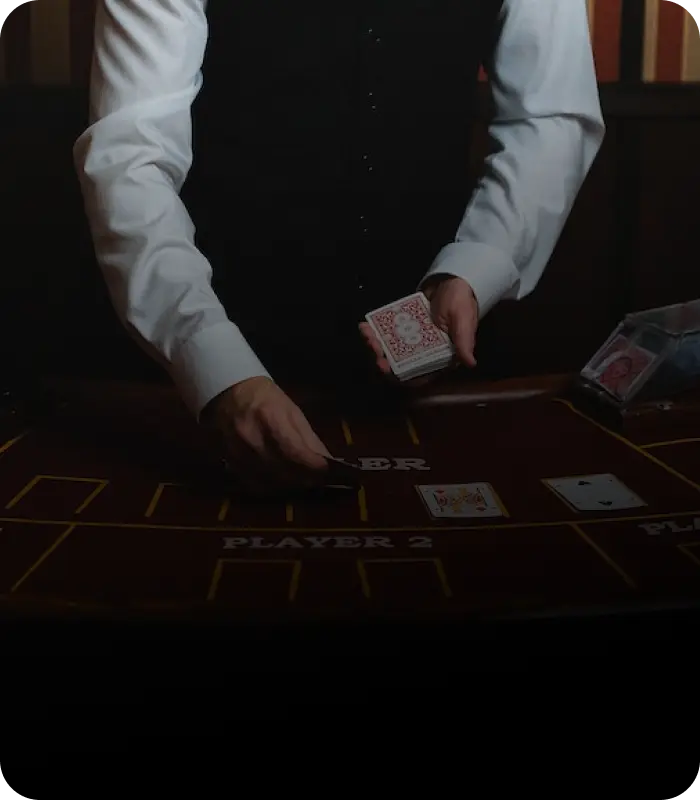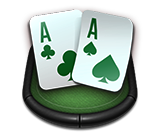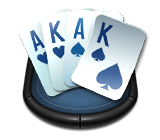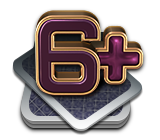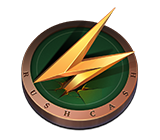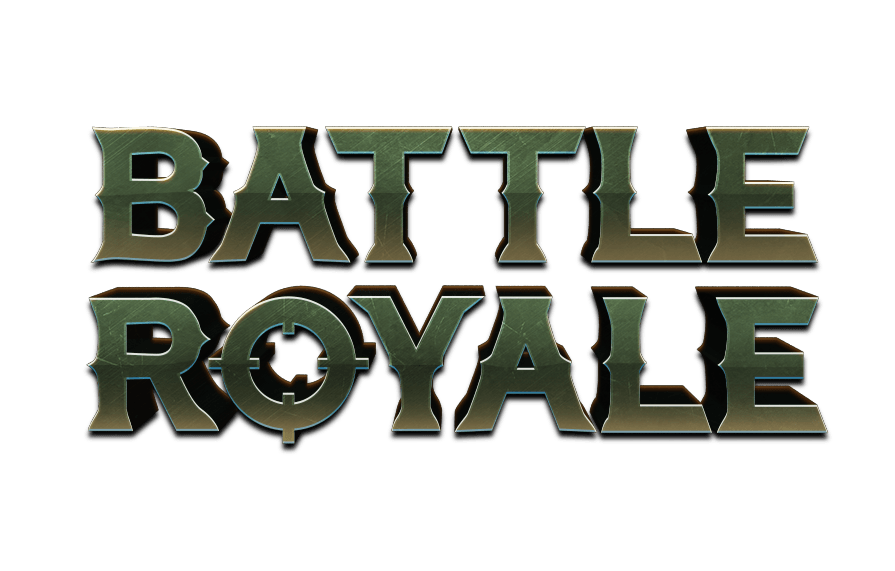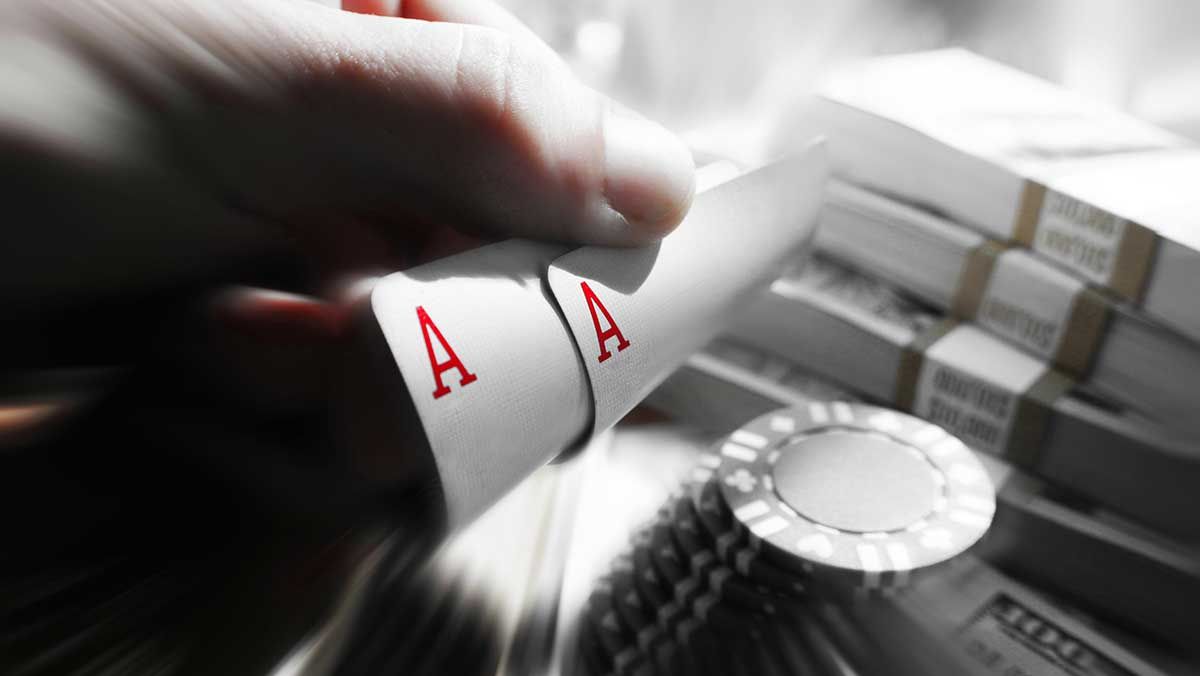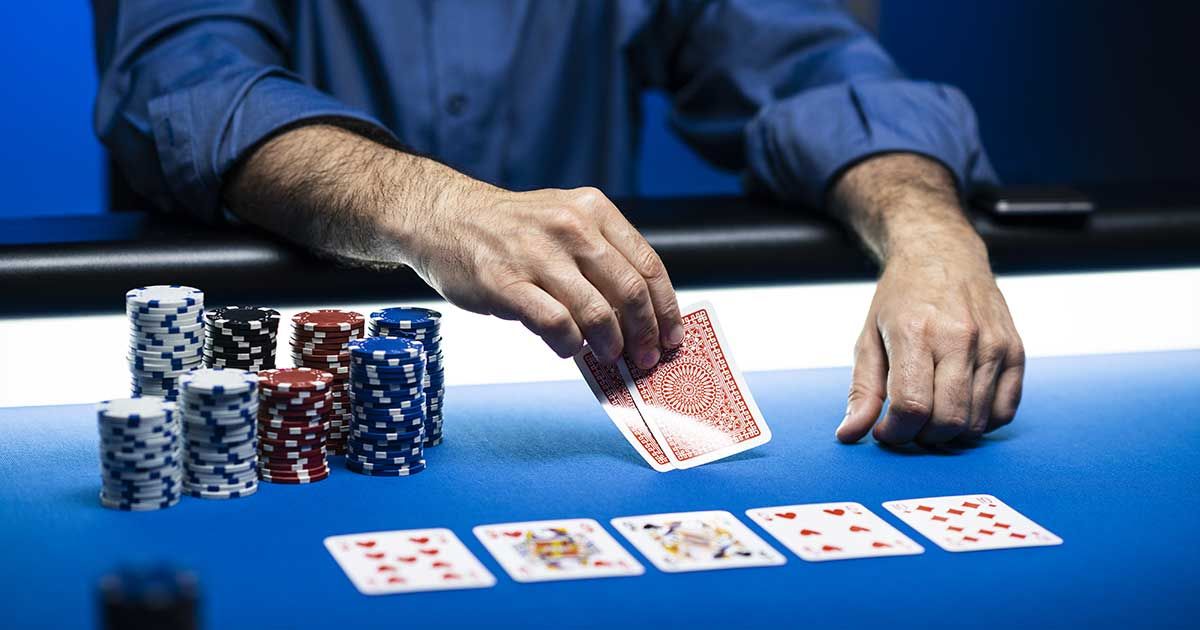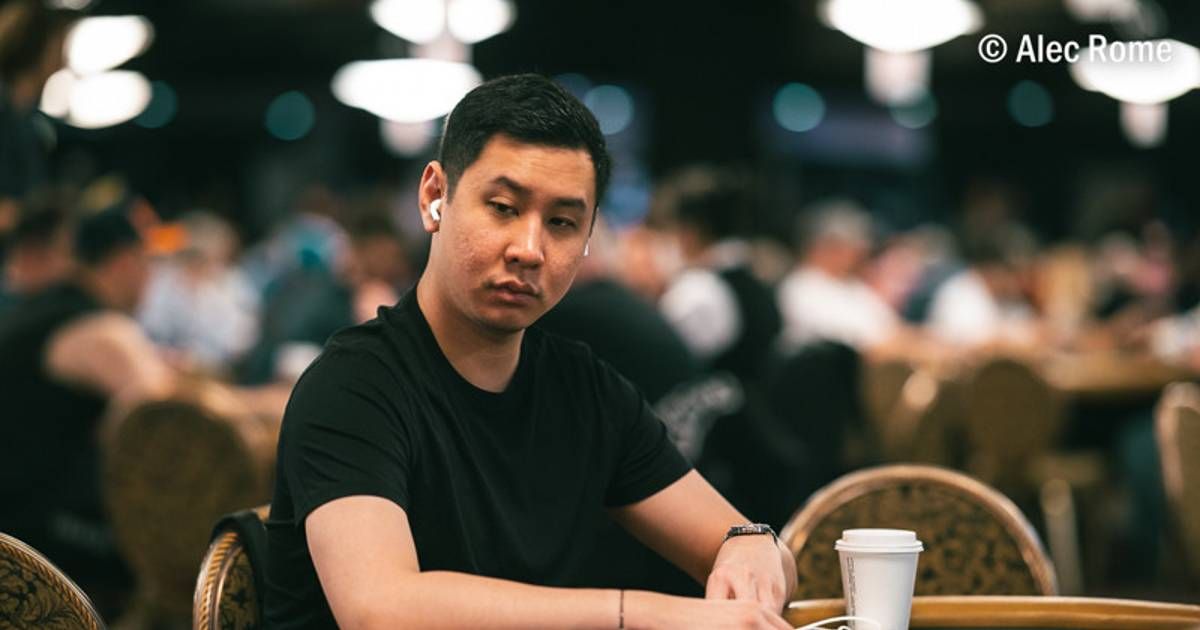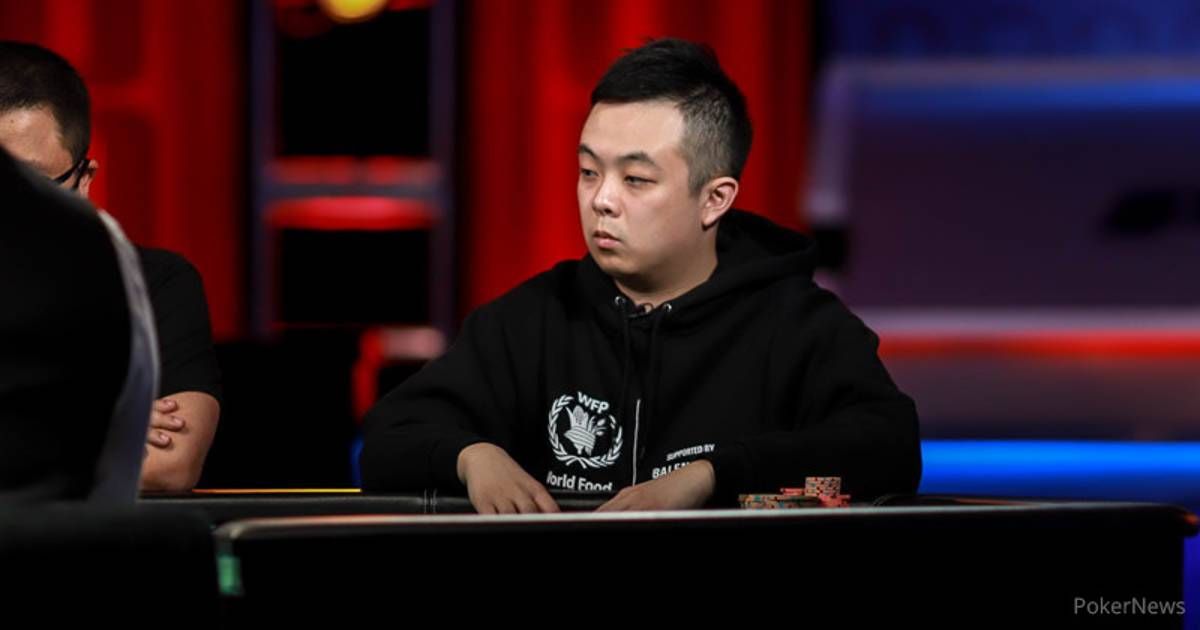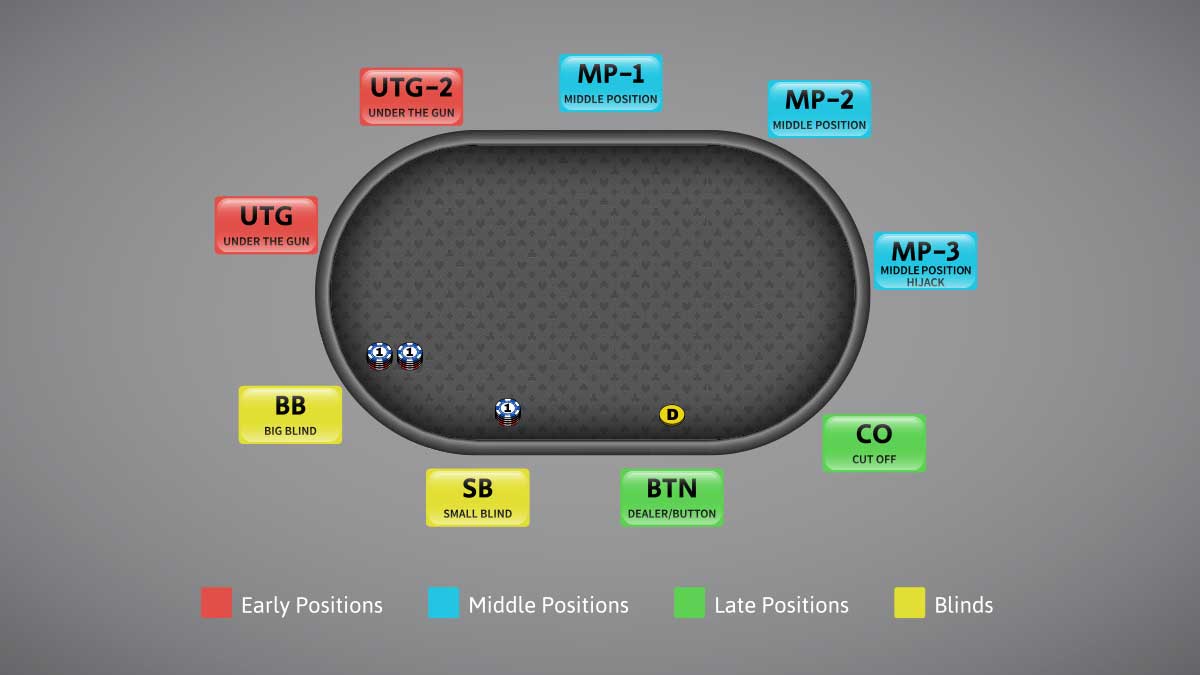
If you’re at all familiar with poker strategy, you’ll have heard how important position is. However, there are two types of positions in Texas Hold’em poker games, relative position and absolute position. Relative position is whether or not you’re last to act postflop, whereas absolute position is about how your position at the poker table affects your game. In this article, we’ll be talking about the latter, so read on to find out more about these poker position names and how your seat at the table should affect how you play.
Poker Positions and How To Play Them
In a full ring table, there are nine positions that you can be in. These positions rotate one position clockwise at the end of each hand, so if you start the game in the Big Blind (BB), the next hand you will be in the Small Blind (SB). It’s important to know how to play well from every poker table position, as you’ll end up playing each of them multiple times a session - whether you want to or not!
UTG - Under the Gun
The first position we’re going to look at is the first player to act preflop. This is called under the gun, or UTG for short and is positioned to the left of the Big Blind. From this position, you have every single other player sitting at the table left to act, all with the possibility of having a strong starting hand.
This possibility means you should play a very tight range from UTG, only playing the top 10-15% of hands. Not only do you have all the players left to act behind you, but given its position relative to the button, you’re more than likely going to be out of position postflop. Being out of position postflop puts you at a disadvantage, another reason to play a strong range from this position.

UTG+1 - Under The Gun +1
The next position at the table is UTG+1, and it plays very similarly to UTG. While there is one less player to worry about, you still have to be concerned about the seven other players at the table, so we still need to play a tight range from this position. However, you can loosen up a little bit, playing around 12-17% of hands, depending on your personal playing style.
MP - Middle Position
We now move away from the “UTG” positions to the middle position (MP). As a warning, sometimes players group the table positions into four groups, split thusly.
Early Position - UTG, UTG+1
Middle Position - MP, LJ, HJ
Late Position - CO, BTN
Blinds - SB, BB
So if someone is talking to you about the middle position, be sure to clarify whether they mean the position at the table or the group of positions. It can get very confusing, especially considering that MP is part of the middle position!
However, now that is out of the way, while MP isn’t considered an early position, that doesn’t mean you can start raising a wide range of hands. You should still play fairly tight from this position, only raising between 14-19% of hands, and you should play very tight if either UTG or UTG+1 raises before you.
LJ - Lojack
Sometimes called MP+1, depending on who you’re talking to, the LoJack (LJ) is quite a tricky position to play. As you’re getting closer to the button, it can be tempting to widen your range to try and steal the blinds, but there are still five people left to act behind you, so you can’t widen your range too much. It’s recommended that you play around 16-20% hands from these positions,
HJ - Hijack
This position, called the hijack (HJ), is where people start to widen their ranges more. It’s on the cusp of the middle position and the late position, so if the players left to act are on the tighter side, you can open up your range in an attempt to steal the blinds. Even if you have no information on your opponents, you can still open around 20-24% of your hands from the hijack. However, you should still play cautiously against raises from players in earlier positions.
CO - Cutoff
The cutoff (CO) is where you can really start having some fun and opening a much wider range of hands than you could before. You only have three people left to act preflop, and you’re almost guaranteed to be playing in position postflop. This combination of factors makes a lot of hands more profitable to play. Most players will open between 26-30% of hands from the cutoff, but if the players on the button and in the blinds are tight, you can get away with raising even more.
BTN - Button
The dealer button (BTN) should be everyone’s favourite position to play. You’re guaranteed to be in position postflop, and only two people are left to act after you, so you should raise around half the hands you’re dealt when the action folds to you.
Given that you’re guaranteed to be in position postflop, you can afford to play more hands against raises from your opponents, either by calling their raises or 3betting them. You’ll find that your highest win rate is from the button, so make sure you’re playing plenty of hands to leverage that positional advantage to the maximum.
SB - Small Blind
The small blind (SB) is an odd position, as you should play a lot of hands from this position even though you’re guaranteed to be out of position postflop. The driving factor behind this is the 0.5 blinds that you’re forced to post whenever you’re in the SB. You have to try and claw back some of that dead money by playing aggressively and with a wide range. When the action folds to you, you should play a similar range to that of the button, as only one player is left to act after you.
Also, when facing a raise from your opponents, particularly those in late position, you should be 3-betting very aggressively, particularly in cash games. In fact, against the BTN and the CO, you can 3bet between 15-20% of your hands profitably. Remember, when you’re in the SB, be aggressive, and don’t call when you can 3bet.
BB - Big Blind
The big blind (BB) is a unique position, as you very rarely get the chance to open raise yourself and are often reacting to the raises of your opponents. You’re also posting a whole big blind every time you play in this position, making it even harder to play well.
The key to playing the BB well is knowing how to react based on the position of your opponents. The earlier position they raise from, the tighter you should play against them. For example, if you have a hand like T9o, you should fold if you’re facing a raise from UTG+1, but it’s a standard call against a raise from the BTN.
You must also remember to be aggressive when playing from the BB. It’s tempting to call most of your hands, given the great price you’re being laid, but you should be 3betting aggressively (around 10-12%) against late position raises. If you only call from the BB, you’re forcing yourself to play out of position without the betting lead, which is a very unprofitable situation to be in.

Why Positions Are Important
Positions in poker are important as they give you an indication of the range of hands you should be playing. It makes sense that you should play fewer hands when you’ve got the whole table left to act, and you’ll likely be out of position postflop. So, if you don’t do this, you’ll find yourself losing money by playing hands that should be folded.
This is called being “positionally aware.” If you’re positionally aware, you know how to adjust your ranges based on where you are at the table, and you’ll find that you make a lot more money than people who aren’t.
Don’t forget to subscribe to our newsletter to get the latest poker tips as well as info on upcoming poker events.













